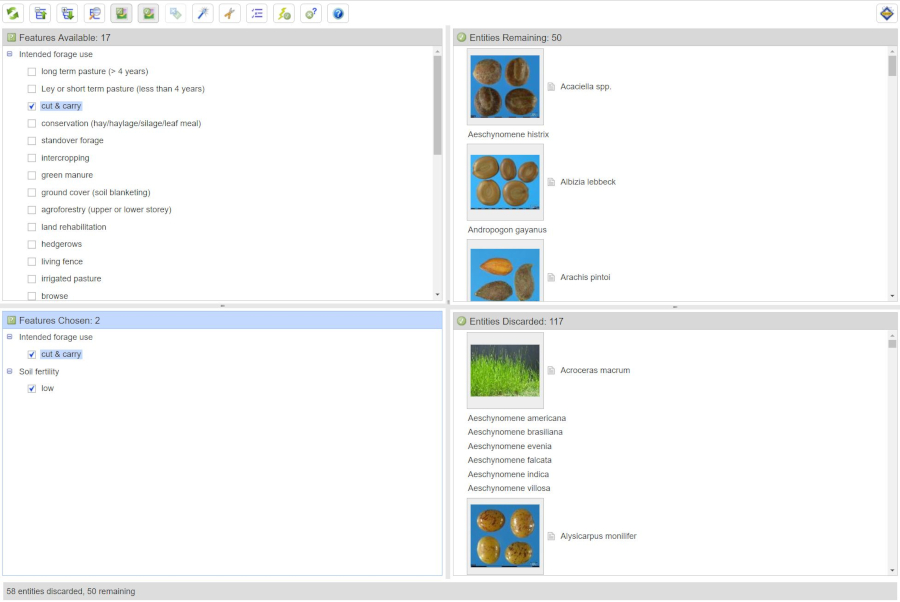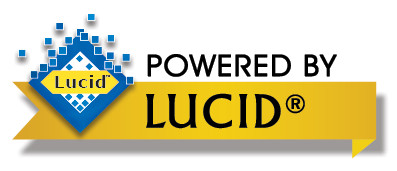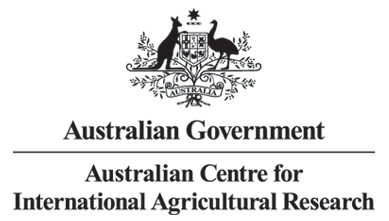
How to guide
Tips on using the key
Before You Start Identification

The Lucid online Player screen has a button bar (Restart | Collapse selected list | Expand selected list | Find entity | Feature Thumbnails| Entity Thumbnails | Subsets | Best | Prune Redundants| Differences | Shortcuts | Why Discarded | Help) and four windows (Features Available, Features Chosen, Entities Available, Entities Chosen)
On Startup only the Features Available and Entities Remaining will have content. As Features are selected (tick boxes) they will appear in the Features Chosen window (bottom left pane), and those Entities that do not possess those Features will be discarded (Entities Discarded) (bottom right pane).
We suggest that you read the section of the Help files (Click on Help either on the menu bar or the Button Bar) titled Using the Lucid Player before you start, particularly the introductory section, even if you have previously used the previous edition of Tropical Forages.
Click and drag on the vertical or horizontal line between the panes of the Key panel to change the proportions of the panes.
To change the font size you are looking at, use the inbuilt browser zoom function. The keyboard shortcut for this in most browsers is Ctrl + +/- keys.
Fact Sheets
There is a Fact Sheet attached to each Entity.
Click on the dog-eared page icon on the left of the species to open a Fact Sheet. If you cannot access the Fact Sheets, turn off the function in your web browser that automatically blocks pop-ups.
At the top of the Fact Sheet above the species name are several options Home | Index | Glossary etc. Use these to return to the Home page and to access the Fact Sheet Index and the Glossary. Click on any letter in the alphabet to access the part of the index with entities beginning with that letter. To go back to the Fact Sheet, click on the left arrow at the top left of your screen.
The Fact Sheet Index includes all synonyms used in this key of Entity Names. Clicking on a synonym brings up the fact sheet for the actual name.
Technical terms in a Fact Sheet are highlighted in blue in the Fact Sheet. Hovering the mouse over the highlighted word(s) brings up the explanation. References to related species and synonyms are highlighted in green. Clicking on a green name of a related species redirects you to the Fact Sheet for the related species. Clicking on the synonym name returns you to the same fact sheet.
Images
Clicking on the photo icon to the left of a species (entity) name will link to the images for that entity. If there is more than one image, clicking on a thumbnail will bring up the full sized image. Some taxa may have no photo icon, and no images.
How to Use the Selection Tool
Basic Identification
When the key is first opened, there is a list of Features (e.g. Intended forage use) in the left column and Entities (e.g. Acroceras macrum) in the right column. Keep clicking on the + sign to the left of any Feature until a list of States (e.g. cut & carry) each with a check box appears. Or click on a main heading (e.g. cut & carry) and then Expand Selected List and the entire tree for all headings will open.
The check boxes for States can be clicked in any order. E.g. First choose a State that is really important. The list of plant species will reduce in the right top panel headed Entities Remaining. Click on the icon of a dog-eared page next to any name to bring up the Fact Sheet.
Click on the photo thumbnail next to any name to bring up the images.
A copy of the list of Features Chosen appears in the left hand bottom pane.
The selection tool has been set so that if two States in the same group are checked, then only plants showing both States will appear in the Entities Remaining.
Some Features are numeric. They have an empty rectangle to the left of the words. E.g. click on the empty rectangle to the left of the Feature. e.g. Rainfall (average annual). A small box appears in the middle of the screen. (This particular Feature is really only useful after other Features have been selected). Type in a value in the range shown. You can either enter a single value (e.g. 5), a range (e.g. 5-7), a greater than value (e.g. >5), a less than value (e.g. <5), a greater than or equal to value (e.g. >=5), or a less than or equal to value (e.g. <=5). Any number less than 0.1 may display as 0 after the number has been selected. However, the key uses the actual number you typed, however small.
If you have chosen a State and wish to remove it, click the relevant check box again in either the top or the bottom left hand pane.
Methods that may get quick results
Once one or more states have been chosen and the list of Entities Remaining has been reduced, some features may be more useful for the next step than others.
- Best button. Find the best feature to address next by choosing Best
 on the button bar. The Best State will be highlighted.
on the button bar. The Best State will be highlighted. - Shortcuts In Shortcuts the Player searches for features that, if answered, would provide an immediate shortcut to an identification. Find shortcuts by clicking the Shortcuts button
 on the button bar.
on the button bar.
A list of shortcut Features will be opened. Scan the list for Features that match your specimen (of course, there may be no available shortcut, in which case the Shortcuts list will be empty or the specimen being identified will not match any listed feature). You may choose Shortcut features by clicking on their score boxes in the Shortcuts dialog. - Use the Differences function to view a list of features that differ between the entities. You can access such a list by clicking the Differences button
 on the toolbar. These will open the Differences window.
on the toolbar. These will open the Differences window.
The Differences window has two panels. The upper panel lists all features that differ (that is, are not scored the same). When you click on a specific feature, the lower panel shows how the entities are scored for that particular feature.
Differences in the upper panel are sorted by their utility for separating the entities, therefore it is recommended that you review the differences from the top down. - Prune Redundants button. This can be used, for example, after you have used the Best button, to reduce the list of Features and/or States suggested to only those that are relevant.
To activate the Prune Redundants function, choose Prune Redundants from the button bar. The Features Available list will be pruned of redundant features and states.
from the button bar. The Features Available list will be pruned of redundant features and states.
Starting again
At the end of the selection process click the Restart button![]() to reset the key for another identification. All features will be unchecked and the Features Chosen and Entities Discarded windows will be emptied.
to reset the key for another identification. All features will be unchecked and the Features Chosen and Entities Discarded windows will be emptied.
If the option to Keep Subsets on Restart is checked, the Player will be restarted using the current feature and entity subsets.
What if several species remain?
The selection tool uses a limited number of easily seen characters using a minimum of technical terms to help with identification of suitable plants. It is not designed to key out to a single species, though sometimes it does. It is designed to narrow down the possibilities to a limited number of species.
What if no species remain?
This will happen sooner or later in one of your selection sessions. If no species are listed in the Entities Remaining window, then it simply means that no species in the key match the selection of States you have made.
Several explanations are possible, but some of the most common are:
- You have made selections for where no species match your criteria.
- The species may not be listed in the key. In this case Lucid cannot identify the species because its characteristics are not represented in the key's data tables.
- The key author may have made an error when constructing the key. This is unlikely, but it can happen. Feedback to the authors is always welcome.
Whichever of the above situations is suspected, you must very carefully review your chosen Features and determine which ones you are uncertain about. Try unselecting uncertain States one by one to see what effect each has. One or more species may move back into the Entities Remaining window. In difficult cases, you may need to "play" with the key, adding or deleting States progressively to try to find the best matching species.


